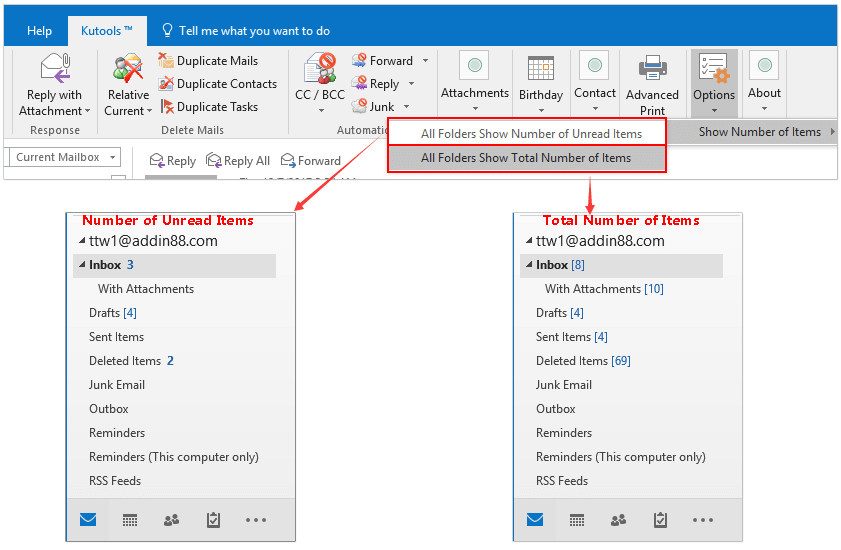Mailbox Reduction And Archiving Guide Outlook For Mac
. Access the Microsoft Office tools from virtually anywhere.
A hosted entreprise-grade communication and collaboration solution. Conferencing solution for business. Reliable SharePoint hosting services. Bank-grade backup and recovery solution.
Complete email encryption and archiving solutions for Hosted Exchange 2013. Cloud with blazing fast performance. Reliable, scalable public cloud servers. Dedicated enterprise-grade resources. Optimized SQL Server databases for your enteprise applications. Disaster recovery based on Veeam CloudConnect. Single servers virtually partitioned in multiple servers.

Customer relationship management tool. Single and multi-domain website hosting. Domain name purchase and registration. Encryption for secure data transfer. Best partner programs.
Use an archive mailbox with Outlook 2016 for Mac to store old email messages that. See Retention and archive policies in Outlook Web App for instructions. Apple Mail Backup Option 1: Manually Backup Apple Mail You need to Control- (Right) click your Inbox in Mail and select Archive Mailbox option from the contextual menu. You’ll are prompted to select a location for saving the native Apple Mail Backup mailbox archive (also referred as “mbox” files).
Premium cloud services. Unbeatable margins and payouts. Go to market faster with our all-inclusive migration and support. Become a Microsoft CSP in minutes and boost your revenue. SherWeb's exhaustive technical knowledge base. A hosting provider with world-class, tailored customer service.
Mailbox Reduction And Archiving Guide Outlook For Mac 2017
Join our team of talented cloud experts. Stay up-to-date with the news and trends of the technology world. Get the latest SherWeb news. SherWeb's excellence is trusted and recognized worldwide.
One of the downsides of email is that, if you’re not diligent about keeping your mailboxes tidy, you’re gonna end up with a ton of old stuff. Of course, those emails take up space both on your computer if you’re using Mail (or any similar program, such as Outlook) and on the server that your messages are passing through. However, the Mail application does have a pretty handy way to see which mailboxes are using up the most space, which can be a lifesaver if you’re trying to decide where to focus your cleanup efforts! Here’s how you’ll get to it. Open Mail, of course, and then click the gear icon in the lower-left corner. Choose “Get Account Info” from the menu that’ll appear.
In the subsequent window, you’ll see a drop-down menu at the top. By default, the account that’ll be chosen will be from whatever server-side mailbox you had selected in the sidebar before clicking the gear icon. I find it’s easier to just choose the correct one from this dialog box, so swap that drop-down to the account you’d like to get the sizes for, then select the “Quota Limits” tab (or “Messages on Server” if you’re using Exchange).
Depending on how much email you’ve got in the chosen account, you may need to go get a cup of coffee. The oh-so-familiar spinning gear will keep you company while you wait. After the process is done, though, you’ll get a neat list of the mailboxes associated with that account and their sizes. You can click the headers at the top of the list to sort by name, size, or number of messages, too. I’m pretty proud of my Inbox being at zero. I’ve arranged my list by size here (which you can tell because of the arrow within that column header), but I can also see that I’ve got more than 3,000 sent messages stored on the server.

That’s not a ton, I guess, but I still feel so untidy. Anyhow, another cool piece of info available is at the top of that last screenshot—Mail attempts to figure out how much available space you have on the server for the selected account, which can be handy if you’re using a smaller email provider that severely limits the amount of storage you’ve got. Still doing A-OK with this one. When you’re done perusing your first account, go ahead and look at all the rest of ’em by using that top drop-down menu. And after you’ve seen which mailboxes desperately need archiving, check out on doing just that. If you’d prefer, you could also just follow the first part (about creating “On My Mac” mailboxes) to remove the offending messages from your mail server but not from the Mail program. But then you can feel all accomplished for getting things sorted out and cleaned up! I’ll be proud of you, I promise.